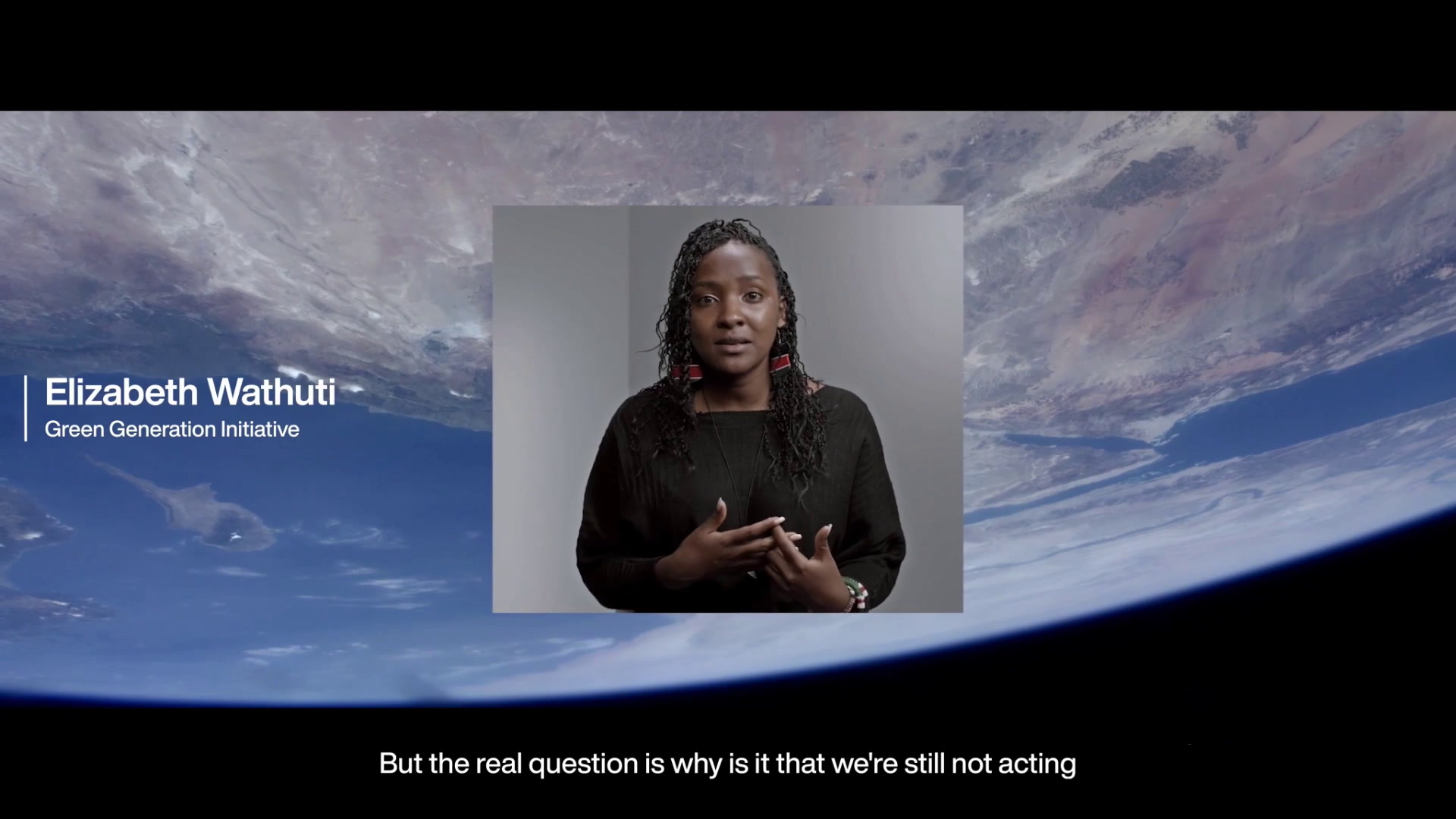These US churches are creating social housing with their old buildings

The movement to convert church properties to social housing has become a "major trend". Image: REUTERS/Kevin Lamarque

Get involved with our crowdsourced digital platform to deliver impact at scale
Stay up to date:
Roles of Religion
With a mix of Christian charity and pragmatism, churches are quietly creating low-income housing in areas around Washington - and cities across the United States are taking notice.
After World War Two, there was a wave of church building throughout the country, driven by the expectation of continuing growth of congregations, according to Nina Janopaul, president of the Arlington Partnership for Affordable Housing.
"But then church attendance peaked in the 1960s," she said in an interview in Arlington, a northern Virginia county across the Potomac River from Washington.
Churches were left with surplus land and buildings with high maintenance costs, while congregations dwindled.
Some, like the Arlington Presbyterian Church, have decided to put the empty space to a good cause - and one that would also help staunch the flow of money from their coffers.
The century-old congregation constructed a stately stone building in the 1950s when its membership was 1,000-strong, said Susan Etherton, an elder at the church. These days, only about 60 parishioners can be found in the pews each Sunday, she said. So in 2012, the congregation began to look into its options.
This included walks through the neighbourhood and asking residents what they needed most. Again and again, their answers pointed to the county's increasing housing squeeze.
In the midst of a real estate boom, the county lost 86 percent of its affordable housing between 2000 and 2016, according to the Arlington Partnership for Affordable Housing.
After internal deliberation, the Arlington Presbyterian Church sold the land, and the building was torn down. Construction is now underway on 173 units of low-income housing and ground-floor retail space.
The congregation will be renting a smaller part of the new building. It also bought back a portion of the property to turn it into green space for the community.
"We got to be trailblazers," Etherton told the Thomson Reuters Foundation.
"Many churches in other presbyteries have heard about us, and those in charge now use us as an example of how you can be forward-thinking."

Growing pains
The movement to convert church properties to social housing has become a "major trend" in the capital region, said Janopaul of the Arlington Partnership for Affordable Housing.
Church-held properties are often large and centrally located, with substantial parking lots, she noted.
For local governments looking to develop affordable housing, such properties can be a jackpot.
"In a built urban environment, the biggest challenge for projects, besides funding, is finding the land," said Helen McIlvaine, housing director for Alexandria, Virginia, just south of Arlington.
While drafting a housing master plan in 2013, the city reached out to large landholders, including churches, to ask if they were interested in "maximising their land assets", she said.
The idea aroused little interest at first, but momentum slowly picked up, and Alexandria has now completed four such projects, with several more in the pipeline, McIlvaine said.
Critically, such development creates new housing options, rather than simply preserving existing low-cost units, she noted.
The process can often be long and arduous, however, according to those involved.
Arlington's First Baptist Church of Clarendon created a 10-story, mixed-income apartment building that opened in 2012, a decade after it was proposed.
Lawsuits from neighbours slowed it down, said Jill Norcross, executive director of the project.
Elsewhere in Arlington, the Central United Methodist Church has had plans since 2013 to tear down its building and construct 119 units of affordable housing, according to Pastor Sarah Harrison-McQueen.
The church is going through a process of applying for a tax credit to make the project work, which they hope to receive in 2020 so they can begin construction, she said.

National Interest
Successful developments by congregations have caught the attention of higher-level church leaders - with one group now working with Episcopal congregations throughout Virginia, for instance.
City governments across the United States are also taking notice of burgeoning social housing projects in the capital region, according to David Bowers, of Enterprise Community Partners, a nonprofit that focuses on housing.
"There's so much land owned by houses of worship anywhere you go in the country," Bowers said.
He said his group has helped to transform church properties in the Washington area into more than 1,000 new affordable units over the past dozen years, with 1,000 more in the works.
That has attracted attention from housing departments in cities including New York City, Los Angeles, Chicago, Detroit, Denver, Atlanta and Miami, Bowers said.
The affordable housing crisis in those and other cities could be eased by following the capital region's model of developing church-held properties, he added.
"If we could make the transfer rate 10 percent or 5 percent, that would be so much land that would suddenly become available for housing," said Bowers.
Don't miss any update on this topic
Create a free account and access your personalized content collection with our latest publications and analyses.
License and Republishing
World Economic Forum articles may be republished in accordance with the Creative Commons Attribution-NonCommercial-NoDerivatives 4.0 International Public License, and in accordance with our Terms of Use.
The views expressed in this article are those of the author alone and not the World Economic Forum.
Related topics:
The Agenda Weekly
A weekly update of the most important issues driving the global agenda
You can unsubscribe at any time using the link in our emails. For more details, review our privacy policy.
More on Roles of ReligionSee all
Noorzehra Zaidi
March 28, 2023
Natasha Mikles
November 4, 2021
Claire Jenik
August 26, 2021
Menna A. Farouk
August 26, 2021
Philip Pullella and Giulia Segreti
July 12, 2021






